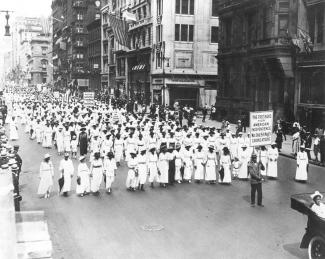
Lynching is the act of punishing someone for a crime without a trial, and it is an American tradition. Like all so-called American traditions, our people suffer the very worst of what it represents. But where did it start?
Lynching started as a political favor to Judge Charles Lynch during the Revolutionary War, to punish British loyalists without a trial. This was eventually just called lynching. So how did it come to terrorize our people?
After Reconstruction, our people gained many rights on par with those who considered us “property.”
Southern whites were petrified we would take power and rights from them, so they used lynching as a form of social control to keep us oppressed.
They’d accuse us of a crime, then rile up local whites and empower them to take “justice” into their own hands. Sound familiar? But there’s more.
Lynching was also a way to reaffirm solidarity among whites who witnessed our people being beaten, hanged, burned, or dragged. These ghouls even sent postcards celebrating lynchings and took parts of Black bodies for souvenirs that are still heirlooms in some white families today.
Here’s the bottom line.
Remember the value of our precious Black bodies and our irreplaceable Black lives. We must continue to protect ourselves against lynching and other forms of racism, by any means necessary.